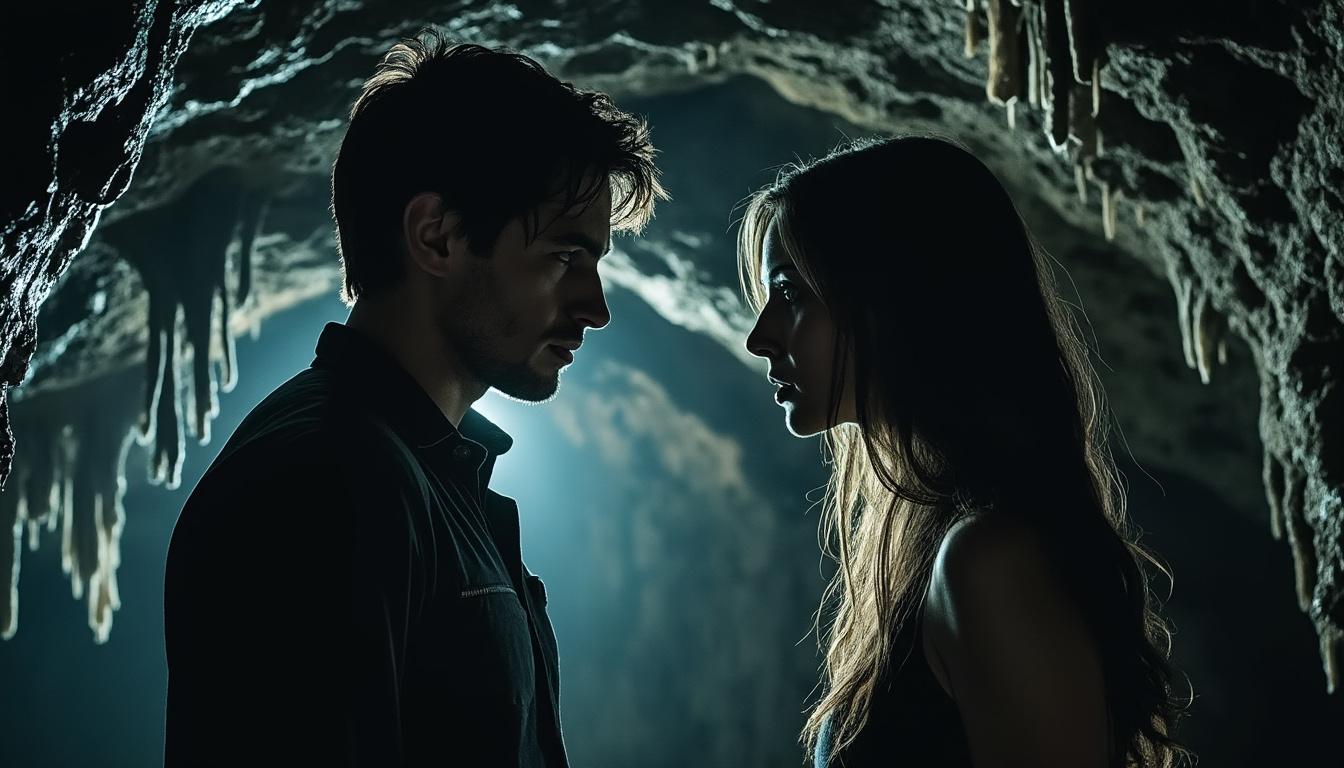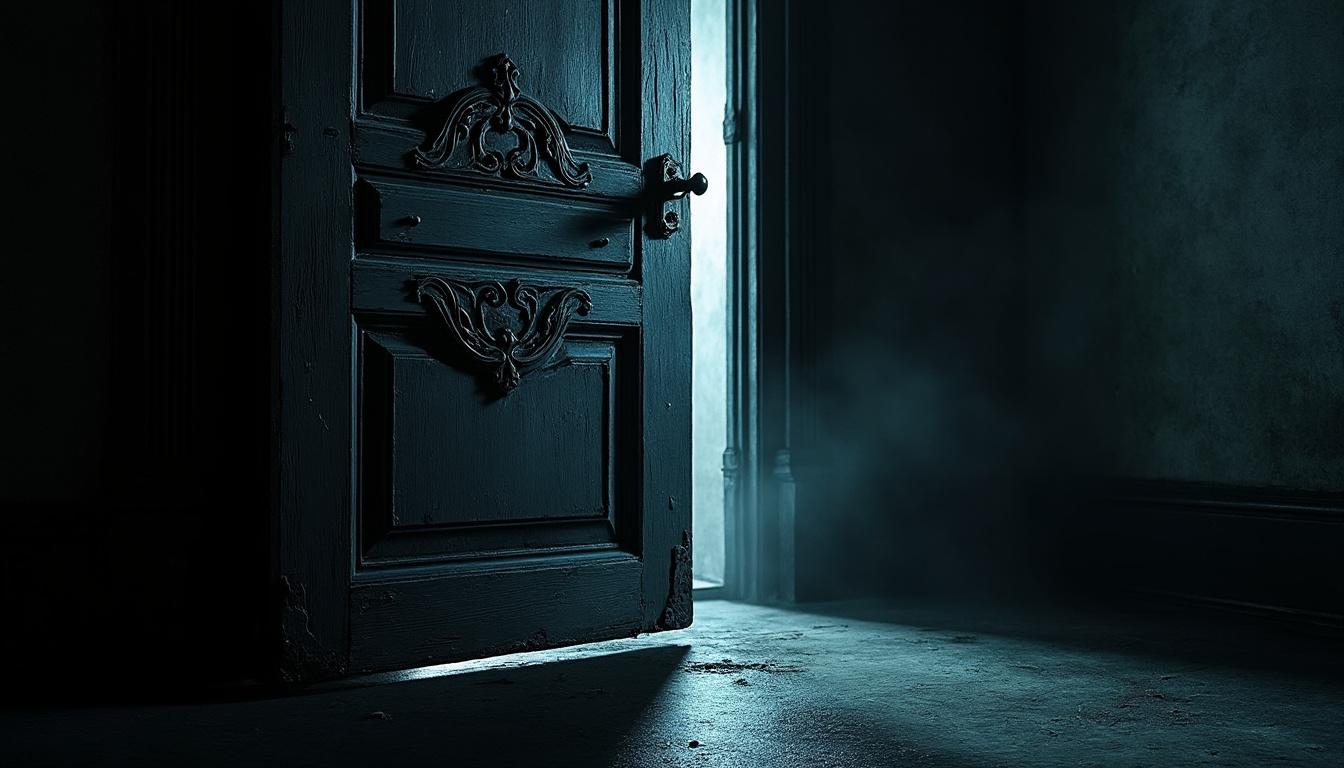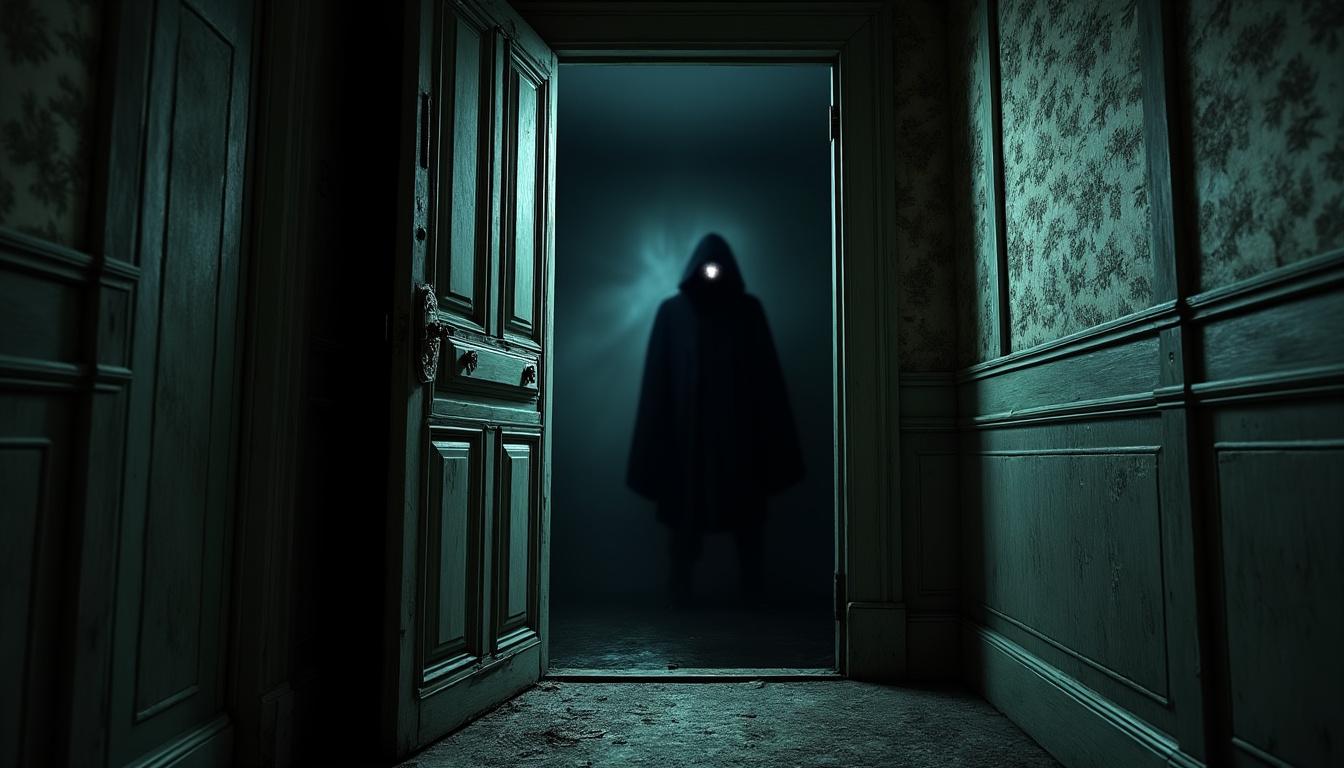The recent release of Together has quickly captured the imagination of horror enthusiasts, standing out as one of the most intellectually stimulating horror body horror films of 2025. The film debuted in theatres across the United States on July 30, 2025, generating an air of anticipation reminiscent of classic horror-fusion narratives like The Substance and Swallow. Incorporating an intriguing premise and an impactful ending, Together not only captivates its audience but also encourages deep reflection and discussion surrounding its theme of identity, connection, and transformation. Central to its enigmatic allure is the final scene, where the question arises: who opens the door at the conclusion of the film? This article thoroughly delves into this mystery, exploring the film’s concept, character dynamics, and ultimate revelations.
The Narrative Framework of Together
At the heart of Together is the relationship between Tim and Millie, two characters navigating a harrowing journey through their tormented existence. Their adventure begins unlikely, as they stumble across a mysterious substance hidden within a cave. This substance transforms their lives, compelling them into an unsettling metamorphosis. The film illustrates the agonizing process of change and transformation while presenting the audience with the question of what it means to be whole. Several key concepts emerge as Tim and Millie face their fates:
- The Nature of Identity: The film beautifully encapsulates how identity can be a fluid concept, shaped by external influences and choices made in moments of crisis.
- Love and Sacrifice: Tim’s ultimate sacrifice to embrace the fusion rather than abandoning Millie highlights the devastating yet profound nature of love.
- Existential Crisis: The transformation represents not only a physical change but also a deeply rooted psychological struggle against one’s fate.

The Transformation Process
Together’s horror emerges from the unexpected encounter with the substance, which is administered by a shadowy cult driven by the belief that humanity is inherently incomplete. The cult’s ideology encourages people to undergo the fusion to achieve their “true form.” Despite the nefarious motivations of this group, Tim and Millie’s experience is chaotic and unintentional, raising critical questions about agency, choice, and the unpredictability that surrounds their journey. This clash forms an essential part of the narrative as it moves through themes of:
- Forced Transformation vs. Choice: They find themselves reshaping their identities without initially seeking this change, contrasting the cult’s agenda.
- Emotional Turmoil: The film expertly captures their emotional conflict while battling an implacable fate.
- The Allure of Fusion: The narrative evokes curiosity about the desire to merge, raising discussions on personal integrity versus collective identity.
Exploring the Ending of Together
The climactic moments of Together lead to a surreal realization for both characters, culminating in a singular entity that embodies aspects of Tim and Millie. This emotional reveal serves as a pivotal point, highlighting the complex dimensions of love and connection. What does it mean to become one with another person? As the credits loom, a tension accompanies the resolution—a question remains about who indeed answers the door at the end.

The Symbolism of the Door
The final scene features a door that unlocks hidden truths and possibilities. The door acts as a metaphorical representation of multiple themes:
- Identity and Integration: By answering the door, the fused being signifies acceptance of their new identity.
- Love’s Paradox: The answer to the door question intricately conveys that the triumph of love can also be a failure, revealing the fragility of human connection.
- Embracing Change: Facing the door imbues a sense of courage in confronting the unknown, leaving the audience with deep implications about life’s journey.
The Cult of Fusion: A Deeper Analysis
One of the most captivating aspects of Together is the portrayal of the cult that catalyzes the transformative journey for Tim and Millie. While their involvement is pivotal, much of the cult’s workings remain enigmatic, reinforcing a sense of mystery throughout the film. Their belief system hinges on the notion of human incompleteness, forming an unsettling foundation for their motives. This ambiguity cultivates tension and suspense, provoking viewers to reflect on the following aspects:
| Cult Beliefs | Implications | Significance to the Plot |
|---|---|---|
| Humans must fuse to achieve completeness. | Instills fear and urgency around identity. | Serves as a backdrop for Tim and Millie’s transformation. |
| The necessity of embracing fusion to attain true form. | Highlights the dichotomy of individualism versus collectivism. | Drives the narrative toward conflict. |
| Belief in predestination versus choice. | Challenges viewers to ponder autonomy. | Establishes sympathy for Tim and Millie’s plight. |
Unpacking the Cult’s Influence
The cult acts as a catalyst for chaos, yet remains shrouded in secrecy, enhancing the film’s gripping nature. Their flawed understanding of completeness and unity leads to the unintended repercussions of fusing two reluctant individuals. The ambiguous nature of their influence raises questions about the cost of transformation and love. In a broader cultural context, the representations of cults in contemporary media underscore ongoing societal discussions surrounding belonging, identity, and the essence of humanity.
Final Thoughts on the Door’s Unlocking in Together
The final moments of Together encapsulate the merging of two identities into one, resulting in a unique synthesis marked by the ambiguity of love and sacrifice. The door, a literal and metaphorical boundary, serves as a powerful symbol of unlocking minds and ravaging perceptions within the narrative. It also reflects the emotional weight carried by Tim and Millie’s journey, leaving audiences with questions that linger after the credits roll.

Exploring the Implications of the Ending
Ultimately, the choice to answer the door signifies a profound acceptance of merged experiences, identities, and emotions. This ending elicits a broader reflection on the fusion of romantic relationships—where individuality often blurs amidst deep connections. As viewers navigate the metaphoric secret passage of love, their responses may vary based on personal experiences and beliefs. Here, the echoes of closure meet the exploration of open-ended questions, inviting audiences to reflect long after the film concludes. This distinctive narrative closure resonates with many aspects of contemporary horror, particularly in works like The Substance and Swallow, where love’s fragility often challenges established notions of identity and personal integrity.


